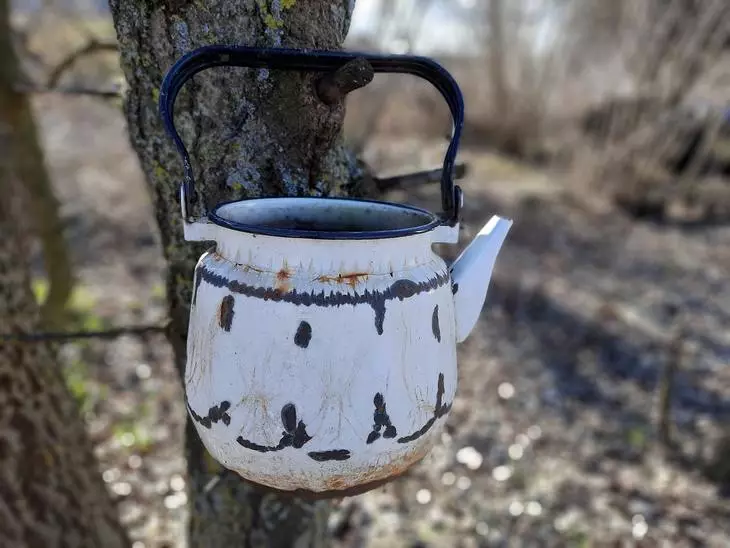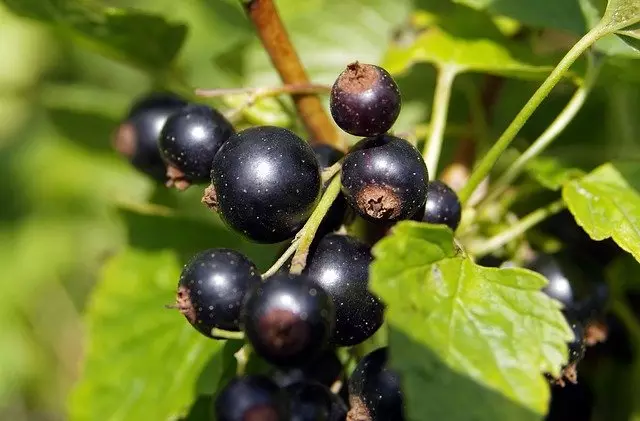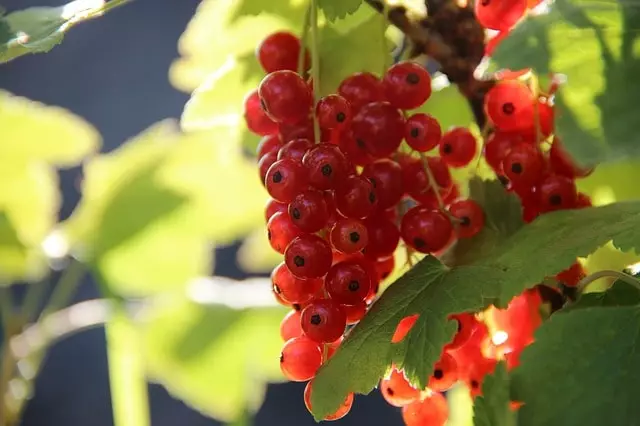
In our middle lane began melting snow. And the season of irrigation of everything and all boiling water started.
Of course, most iristers are watered boiling water berry shrubs - currants, gooseberry. The trees would have watered, but mostly in amateur gardens, fruit trees are full-sized - tall, with boiling water climb on the stepladers, it is not projected, here as they say - the bodily cow God Horn does not give.
Naturally and our children's school farmer's portal Agro 21, it became interesting, and is it possible to boiling water?
Here the answer is unequivocal - you can! While the law on the ban to water his own currants is no own boiling water.
But is it necessary? It's more complicated here.
It seems that the boiling water procedure should protect berry shrubs from the budding tick, from Tly, from mildew.
Does it really protect? It is unlikely that something is not claimed by the specific real evidence of the effectiveness. If it really, really defended boiling water, who would have become invented, invent, produce all sorts of fungicides, insecticides.
Let's argue logically and just go through the chain:
- all sorts of gas or electric boilers, water heaters, boiling water do not give a maximum of 90 degrees,
- Even, if boiled water directly in the metal watering can, then during the equilibristic walking along the snow-covered garden, the driver will cool up to 60-80 degrees,
- We can handle bushes only on top and at the same time it occurs insoluble at this method of dill - if the kidneys with winter pests are underwhelmed, the pests will remain alive, and if we overheat, the kidney itself will die, as numerous experiments show, already at + 50-60 degrees Flower kidneys perish, flowers do not appear,
- Finally, the economic component is to make the right amount of water, it is never cheaper than to buy normal, really effective pesticides.
The only visible plus is a dimness of boiling water treatment, although many gardeners are already recommended added, dissolve copper sulfate in boiling water, manganese, urea and other, and other ...
After all, the essence is not in the methods of protection, but in the remnants, concentrations of chemical drugs in products, in berries, as they say - you are checked or riding.
Both berry shrubs, and fruit and berry trees are much simpler, cheaper and most importantly handled to modern plants protection products.
In maximum concentrations, it is completely safe to carry out processing immediately after harvesting - ahead of time, any chemistry will either wash off or decomposed.
It is also safe to handle bushes and trees with maximum concentrations before flowering.
Well, and if you are a fundamental opponent of any chimrocessing, then there is a much more efficient bleeding option - a rotary cultivation of berry shrubs.

Landing, for example, black currant, is divided into 2 equal parts.
The part, after fruiting, is cut to the ground level, that is, it is removed and everything that can serve as a shelter for any crossed pests and causative agents of diseases.
A year later, this part is restored, it grows and fruits.
That is, each half in turn is cut and in turn fruits and since the crop is not lost from the invasion of pests or disease, the total yield of half plantation is not less than the traditional complete - and no chemistry, and no useless, but enough dangerous for boiling water.

Another option to significantly reduce the lesion of berry shrubs by pests and diseases without chemical treatments is their strabamic formation.
That is, both black, and red, and white currant, and the gooseberry can be grown, form not a bush, and a tree.
The harvest on such trees turns out more, the berries is larger and sweeter, and even to clean them from the mini-tree is much easier, more convenient and faster.
In addition, the crop ripens at the same time, which significantly reduces the time costs during cleaning.
(Author: Sergey Galkin).
